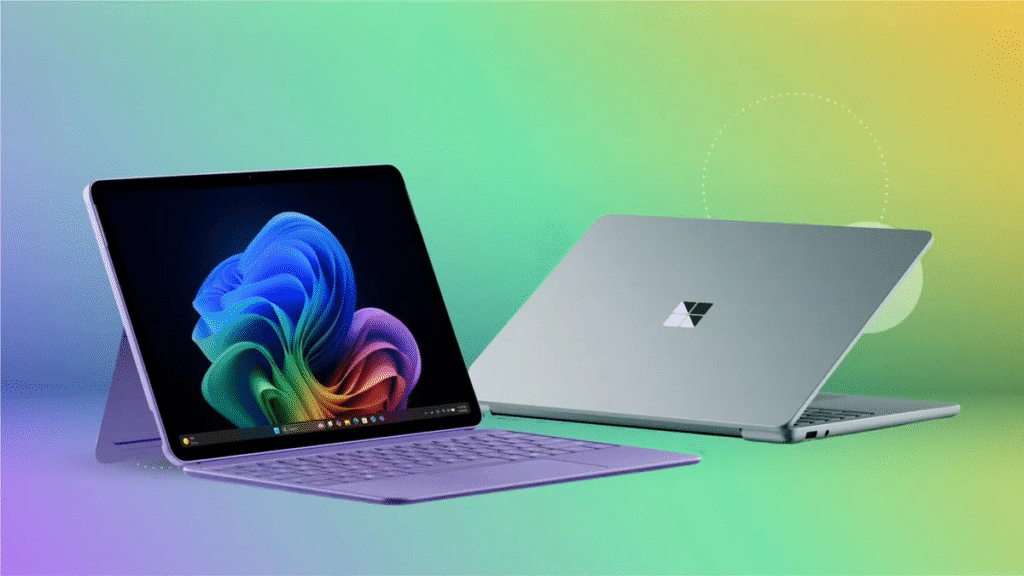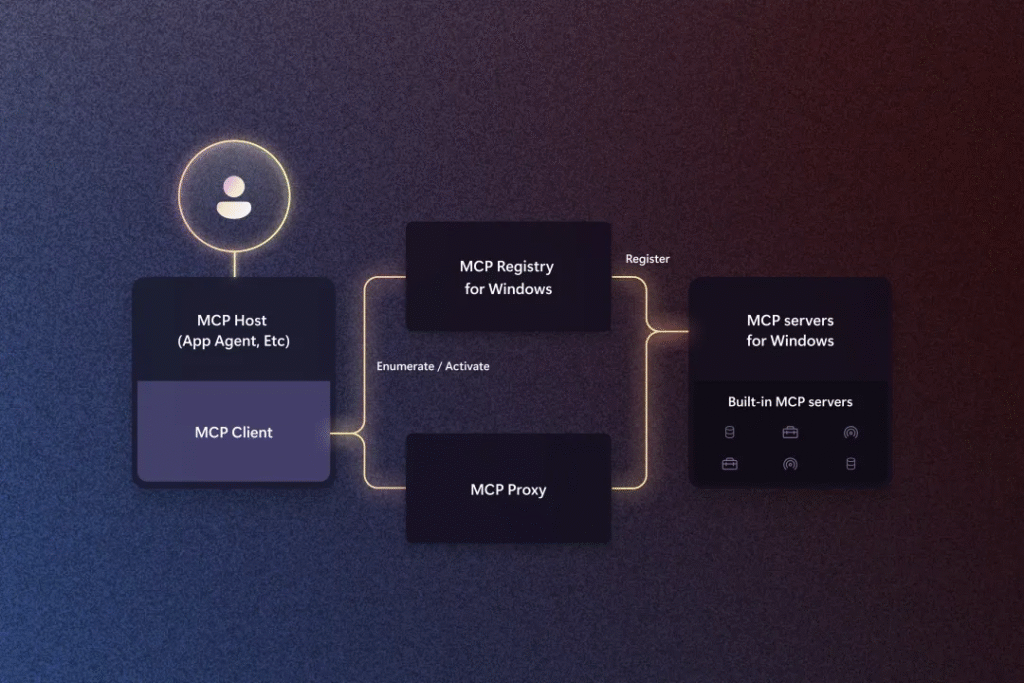Microsoft has built new support in Windows so that AI apps can share data like a common plug-in. This update uses the Model Context Protocol, first introduced by Anthropic last year. The change also brings a new Windows AI Foundry platform for developers to add and run AI models.

What Is Model Context Protocol
Model Context Protocol is an open standard for AI apps to talk to each other and to Windows. It works like a universal connector that any AI agent can use to find and use services. Windows now has a registry listing all MCP servers so agents can find them easily. This registry keeps the list safe and trusted.
How Windows AI Foundry Helps
Windows AI Foundry is a new set of tools in Windows for AI models and agents. It brings together models from places like Ollama and Nvidia NIMs. Developers can also use Foundry Local to run AI on devices without sending data to the cloud. Windows ML underpins these features so apps do not need to bundle extra AI runtimes.
Early Demo of AI Agents in Windows
In a demo, Microsoft showed how the Perplexity app can find a Windows file server through MCP. Instead of adding folders by hand, the app asks the MCP registry for a file system server. Then the app can search for files by simply asking natural language questions.
Security and User Control
Microsoft knows that opening Windows to AI agents can bring risks. The company will preview this feature with a small group of developers first. Agents must ask permission before they can use Windows functions. Microsoft has set rules so that only safe MCP servers appear in the registry.

Bringing AI Closer to Users
With these changes, Windows can host a wide range of AI tools like an agentic web. Users on Copilot Plus PCs will see new AI settings that they can control with their voice. Developers can tap into Azure AI Foundry from Visual Studio Code and other workspaces. The new MCP support and Windows AI Foundry show how Microsoft sees AI as part of the core Windows experience. As these features roll out, more developers will add AI to their apps in ways that were not possible before.





